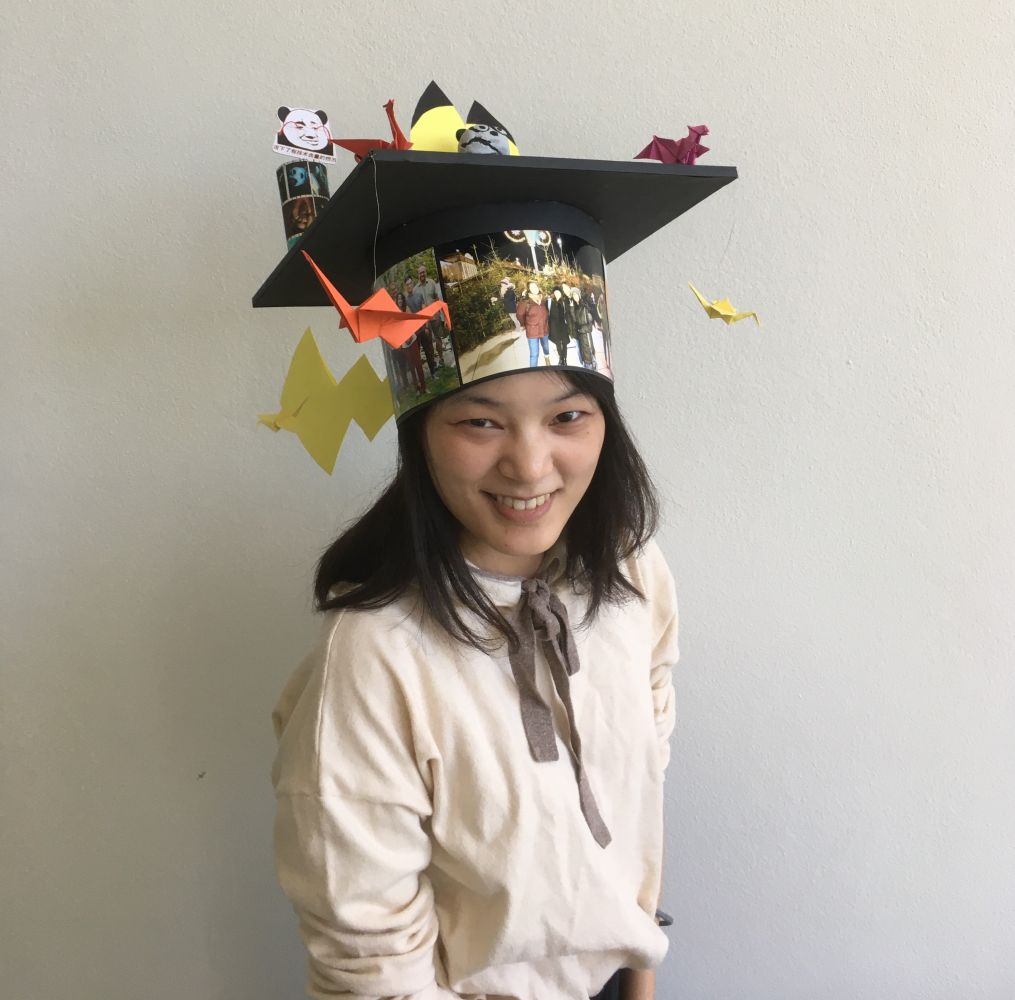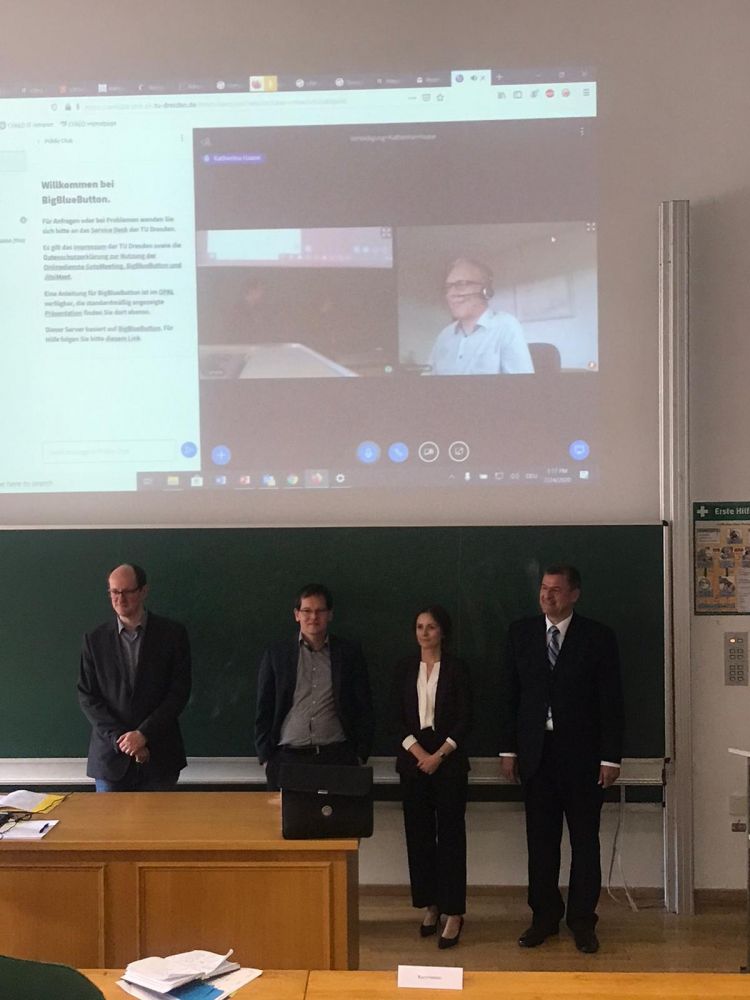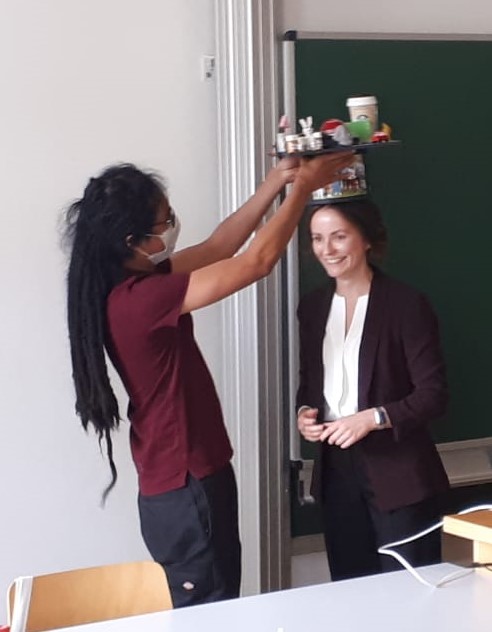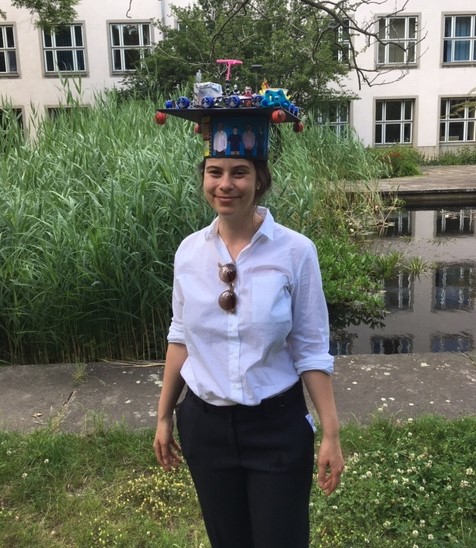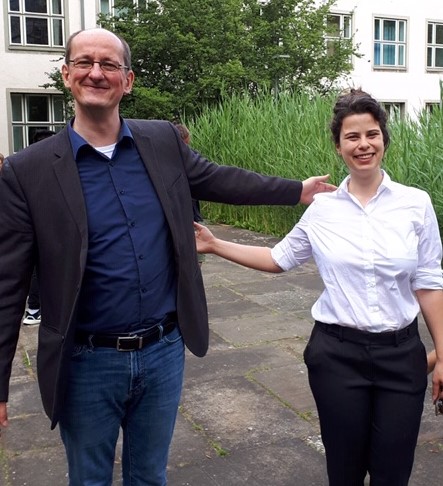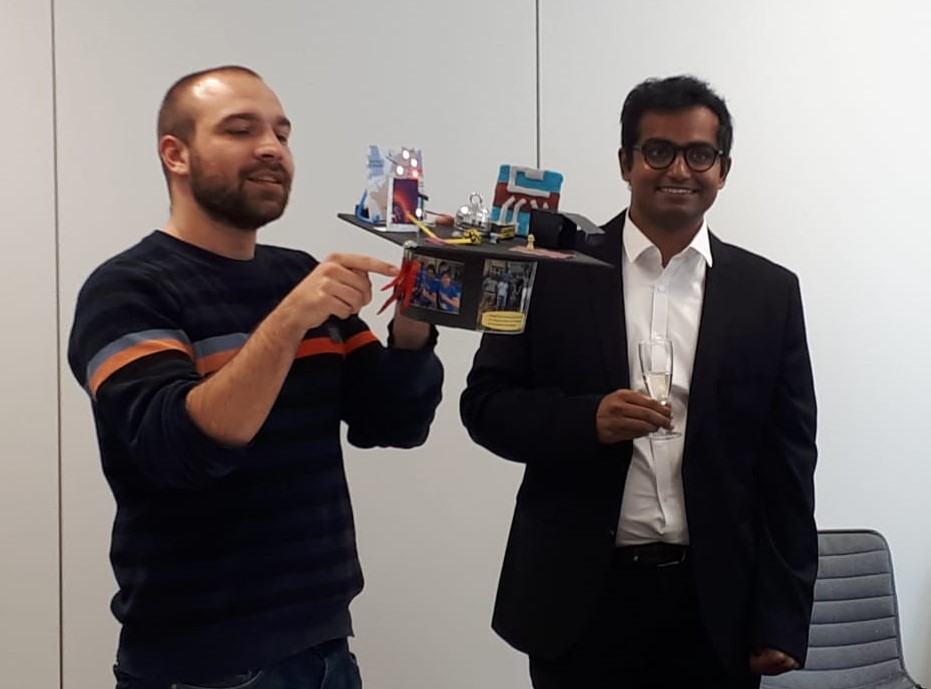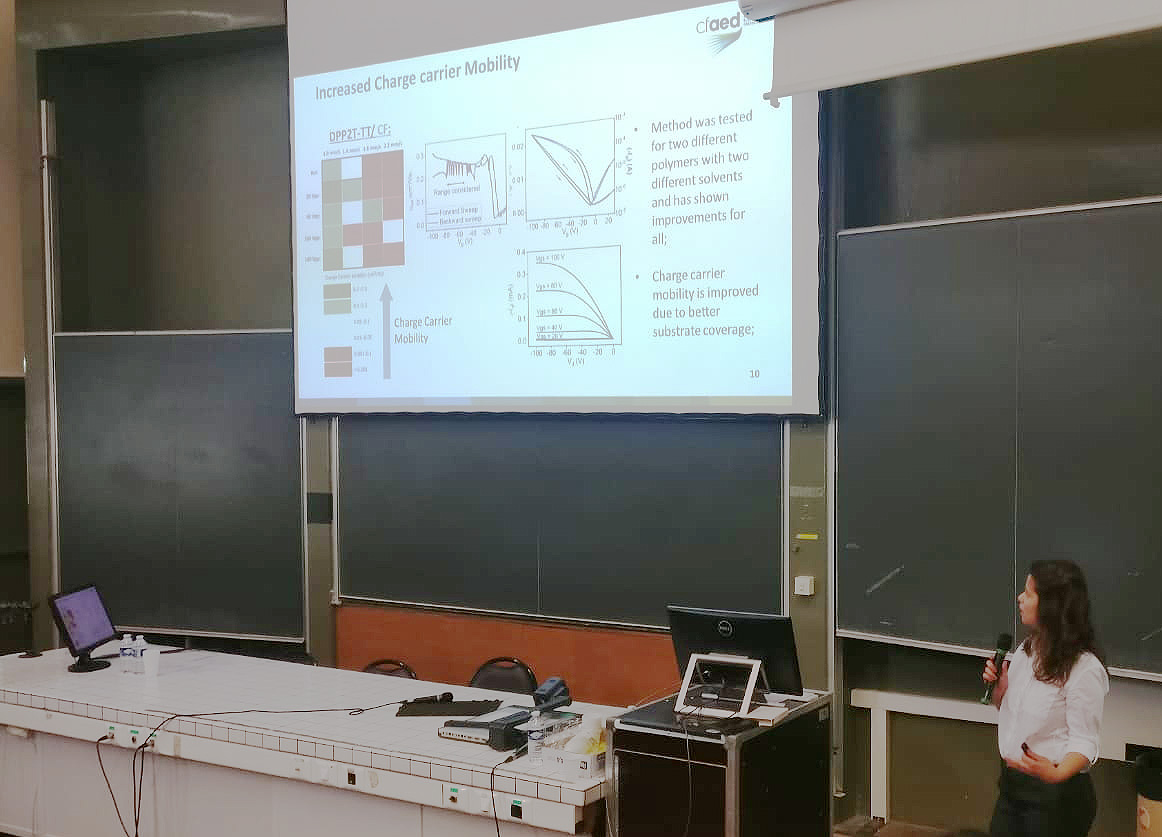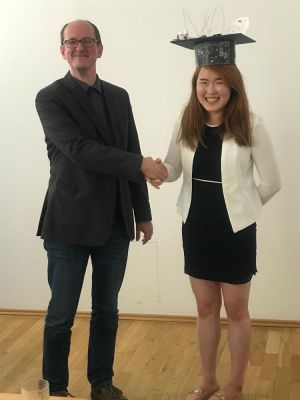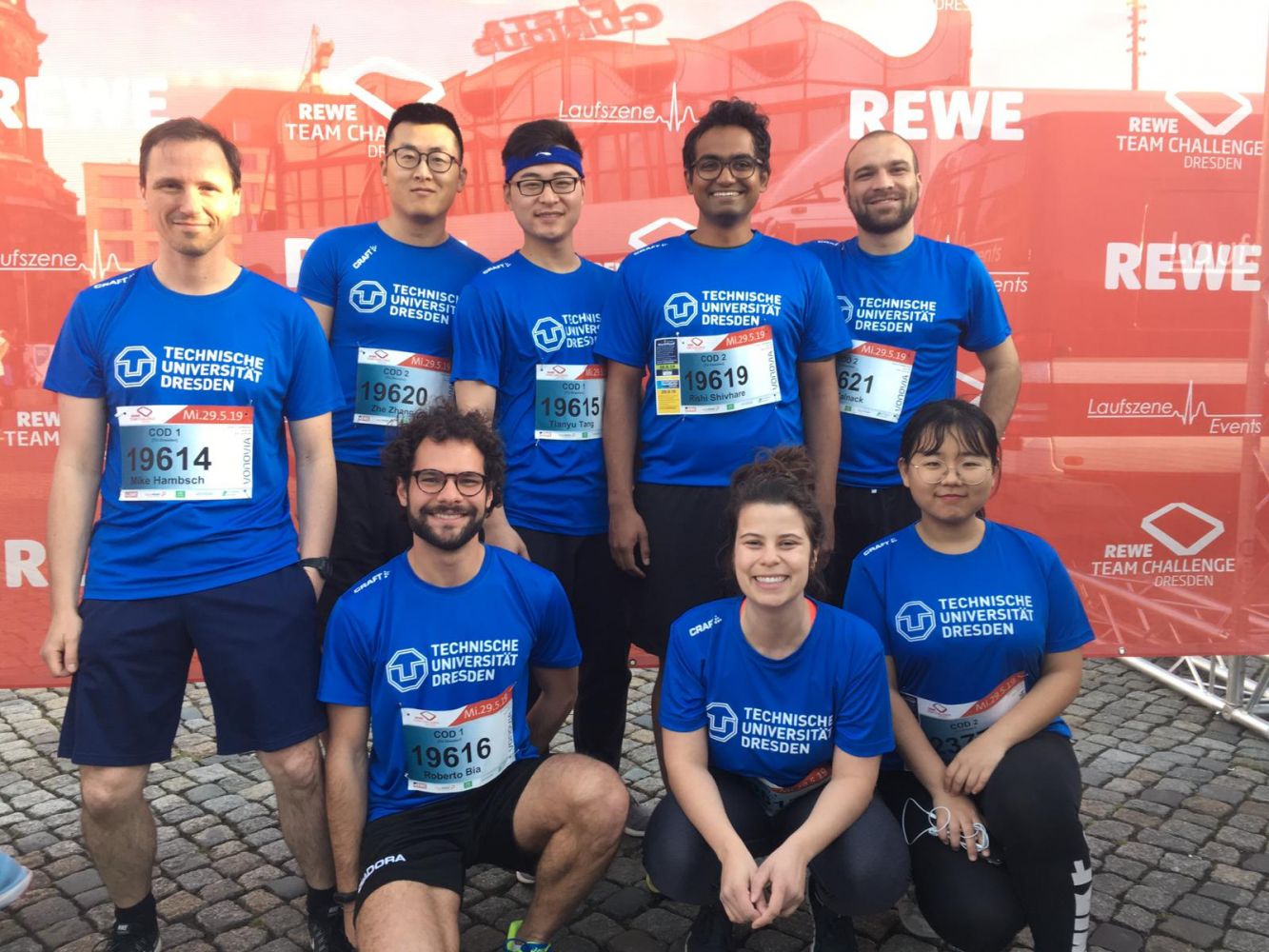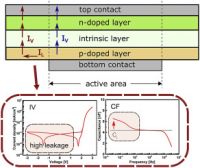Chair News
Congratulations - Dr. Yichu Zheng
Published on
Dr. Katherina Haase - successful PhD defense
Published on
MANOS-Schüler holt mit cfaed-Projekt beim Regionalwettbewerb „Jugend Forscht“ dritten Platz
Published on
Congratulations - Dr. Rishi Shivhare
Published on
OD Chair Contribution: Bottom-up Synthesis of Crystalline 2D Polymers
Center for Advancing Electronics Dresden (cfaed), Press Release 24 September, 2019
Published on
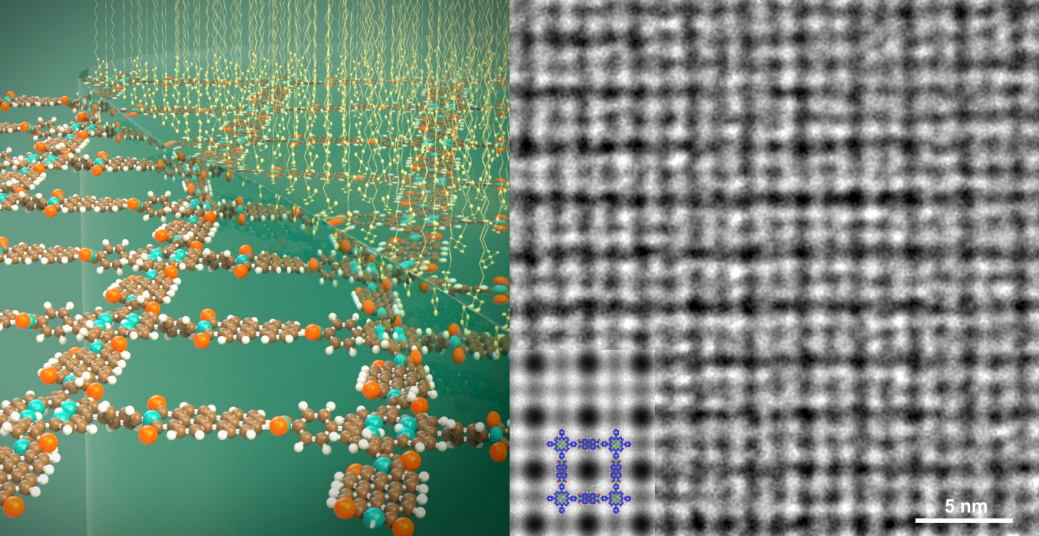
Read more … OD Chair Contribution: Bottom-up Synthesis of Crystalline 2D Polymers
REWE Team Challenge 2019
Published on
Page 3 of 5





